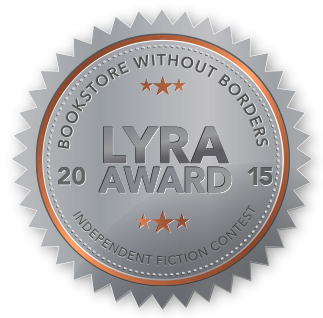Author Book Terms and Definitions
Writer's Guide to Terms and Definitions:
No matter what your experience, you’ll benefit by knowing terms that industry professionals use. Although this list is not complete, it is a good reference for writers to learn more about their industry.
Acknowledgments
An Author will typically make an acknowledgement at the front of the book, to recognize people who have played a role in the book's completion. Acknowledgments can also go at the back, especially if lengthy.
Appendix
The appendix is typically found at the end of the book. It includes material from sources that didn’t fit into a particular chapter.
Blog/Blogging
Blog is short for Web Log. Having a blog is like having an online journal. Blogging serves a very useful purpose. Not only do you give others who follow your blog useful information that you have expertise in, your blog also gets spidered by the search engines daily. Traditional SEO Marketing is a much longer process. Search Engines love content. Search Engines love blogs!
Copy Editor
This editor will correct grammar irregularities and inconsistencies, correct punctuation, spelling, style and usage.
Note - There are other types of editors as well, often the lines between them overlap.
- Stylistic Editor
- Structural Editor
- Proof Reader
Copyright
The legal ownership of intellectual property such as printed material.
Cover Design
The book cover layout and design.
Cover Letter
A cover letter is an introduction that accompanies a manuscript being submitted to a publisher for consideration.
Essay
A written composition, usually short and in prose, on any subject.
Freelance Writer
A writer who is not a employee of a magazine, newspaper or publisher. A freelance writer works by contract, often with several clients at a time.
Idea File or Folder
A place for writers to collect phrases, words, articles, columns or ideas they can refer to at a later time for inspiration.
Independent Publishing
If you publish your own book, you pay for all costs, and take on all the risks that are associated with indie publishing, including marketing and selling your work. You also keep the profits from your efforts.
Genre
The type of writing the author does. There are several categories of genre: fiction, non-fiction, creative non-fiction, self-help etc.
Hook
This is how you grab the reader’s attention, whether it’s in the title, the first sentence or the first page. It’s how you keep the reader reading!
Multiple Submissions
The common understanding of multiple submissions is: sending the same piece of work to multiple publishers for consideration at the same time.
Niche
This defines a specialty area the writer focuses on, like cookbooks, children’s books, self-help books…and the list goes on.
Outline (or Synopsis)
Most publishers require you write a description of the book that summarizes it, whether it takes one page or several pages. The outline or synopsis is used in fiction or non-fiction books.
Proofreading
Reading proofs of edited manuscript. Galley proofing may include incorporating and/or exercising discretion on author's alterations.
Query Letter
You may send a query letter to a publisher inquiring if there is interest in your writing. You may also send a query letter inquiring of the status of an already submitted manuscript.
Response Time
This term is a guild line provide by the publisher regarding how long an author might wait before getting a response. An author should not contact the publisher until this time frame has passed.
SASE
An author should send a self-addressed stamped envelope with all manuscripts going to an editor or to a publisher if you wish to have it sent back to you.
Stylistic Editing
Clarifying meaning, eliminating jargon, smoothing language and other non-mechanical line-by-line editing. May also be referred to as line by line editing.
Submission Guild lines
Publishers will have rules that they want authors to follow. These guildlines cover subject, target audience (if children, include age group), length, margins and whether or not they want a few chapters or the whole manuscript. You can check the publisher's websites for their specific guide lines.
Substantive or Structural Editing
Clarifying and/or reorganizing a manuscript for content and structure. Changes may be suggested to or drafted for the author.
Writer’s Block
This can be a huge obstacle for writers, and may cause them to not be able to continue writing. Inspiration eventually returns and they continue with their project.
Vanity Press
This type of company will accept money from you to publish your book. Similar to self-publishing, but generally a lower quality.

